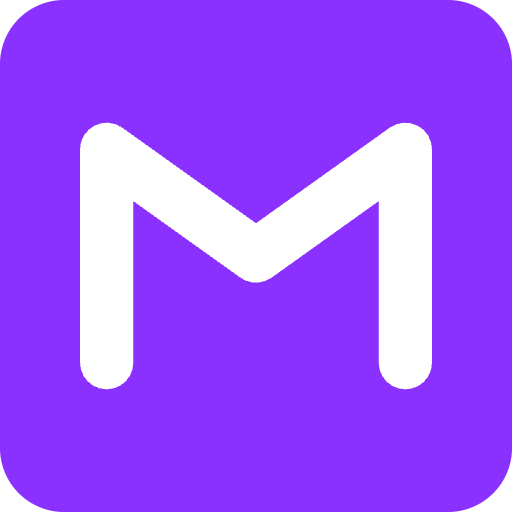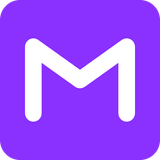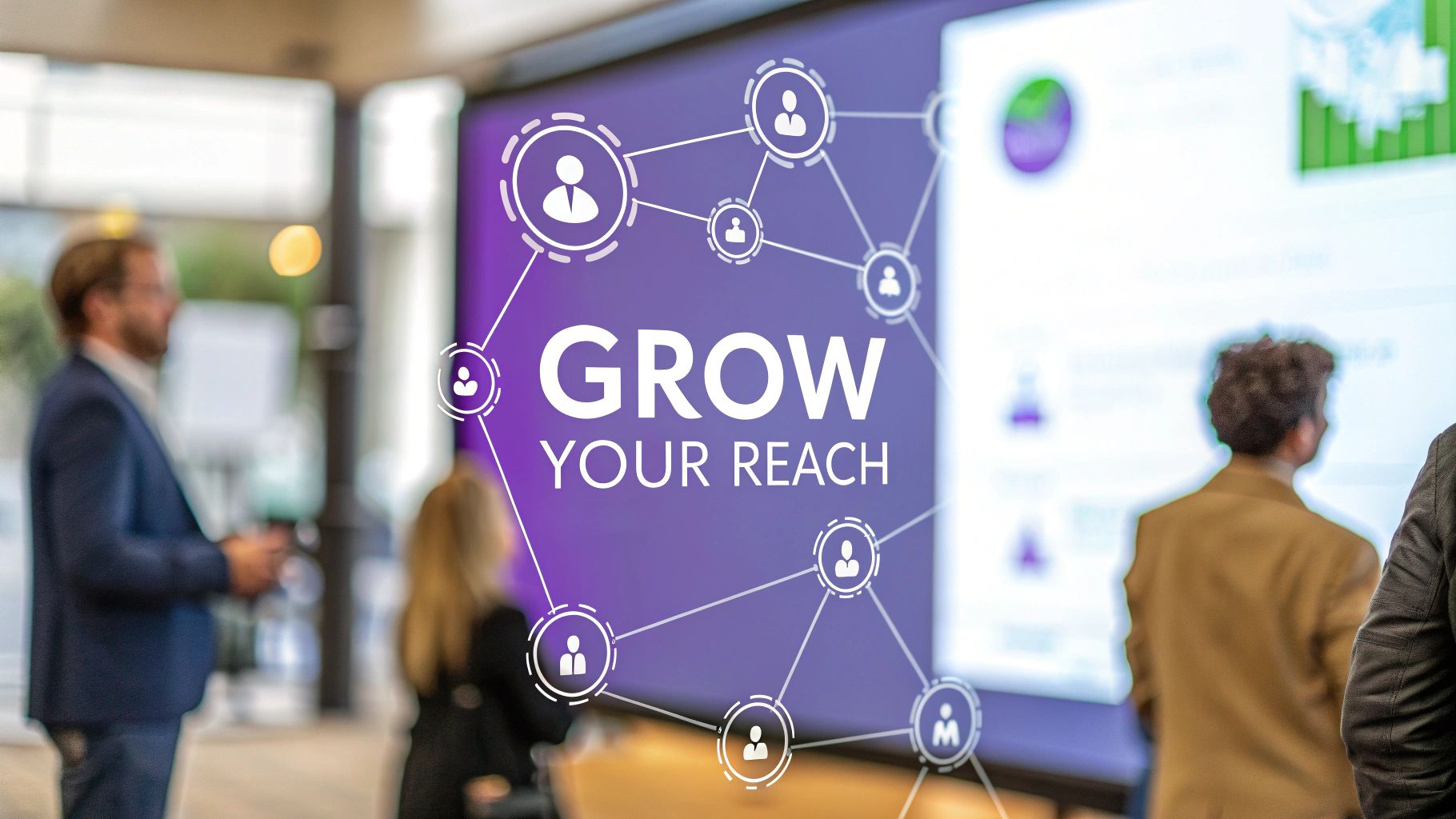How to Get Job Interviews and Land Your Next Role
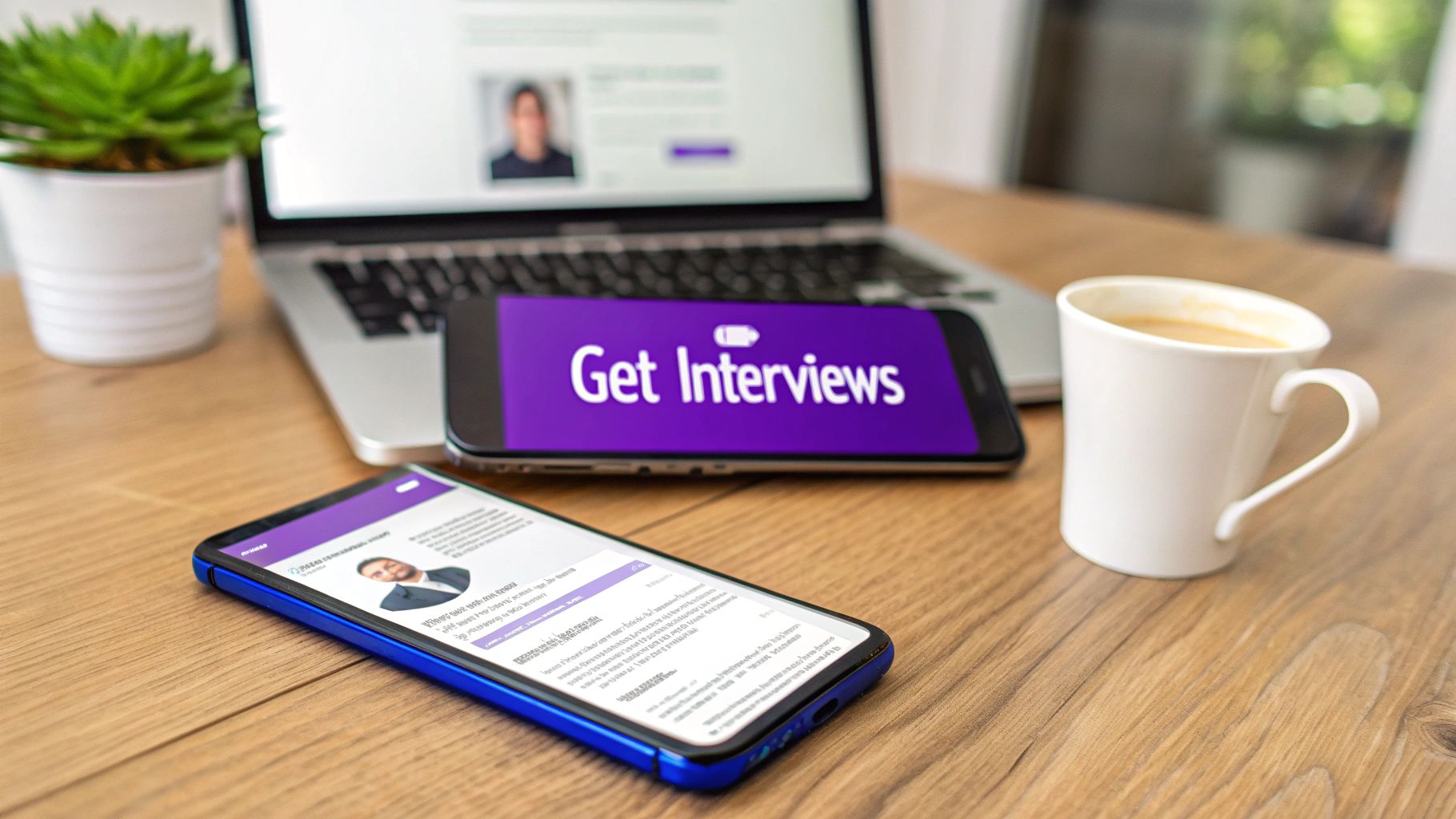
Shift From Mass Applications To Precision Tactics
Spraying resumes across dozens of job boards rarely pays off anymore. Instead, focus on three key pillars: a resume optimized for ATS, purposeful networking to tap into unadvertised roles, and applications customized to each job description. When you speak directly to a company’s needs, recruiters take notice—and you’ll land more interviews.
Why Getting Job Interviews Feels So Hard Today

If it seems like your applications vanish into thin air, you’re not alone. The hiring process has evolved into a mix of keyword quizzes, specialized skill checks, and fierce competition. What used to be “apply and wait” now feels like deciphering a complex puzzle.
Before diving deeper, let’s look at the current landscape:
Modern Job Market Snapshot What It Means For You
| Statistic | Implication For Your Job Search |
|---|---|
| 76% of employers report talent shortages | You must showcase in-demand skills, not just general experience. |
| 250+ applications on average per job post | Craft tailored resumes to stand out in a crowded applicant pool. |
| 90% of roles filled via networking | Prioritize reaching out to connections and hidden opportunities. |
Understanding these numbers helps you zero in on what matters: relevance, connections, and clarity. Armed with that insight, your next steps become much more targeted.
The core issue isn’t a lack of jobs—it’s a mismatch between what companies need and what most resumes show. Job boards overflow with openings, yet recruiters struggle to find candidates who can hit the ground running.
The Skills Gap Dilemma
Companies aren’t hiring titles; they’re hiring solutions. If a posting calls for expertise in Asana but you only mention Trello, your resume might never get a second glance. It’s not about being unqualified—it’s about not speaking their language.
To bridge this gap:
- Continuous Learning: Enroll in short courses or certifications that align with emerging industry demands.
- Skill Highlighting: Lead with the precise tools and techniques that a job description emphasizes.
- Adopting New Tools: Get comfortable with platforms rising to standard—explore the best AI tools for job seekers for personalized application insights.
“It’s no longer who has the longest resume; it’s who has the right resume. Translating your background into a recruiter’s vocabulary turns applications into interviews.”
Navigating A Crowded And Automated Landscape
Automated screening software—Applicant Tracking Systems—now gatekeep most openings. These bots scan for exact keywords, clean formatting, and role-specific buzzwords before any human ever reviews your file. If your resume isn’t optimized, it's likely scrapped at the first pass.
Beyond perfect formatting, you need to:
- Identify the exact terms a posting uses.
- Mirror that language in your resume headers and bullet points.
- Balance readability for humans and bots alike.
To dig deeper into common pitfalls, check out why you might not be getting job interviews. Recognizing these roadblocks shifts you from sending resumes into the void to deploying a strategy that gets you noticed.
Crafting a Resume That Beats the Bots
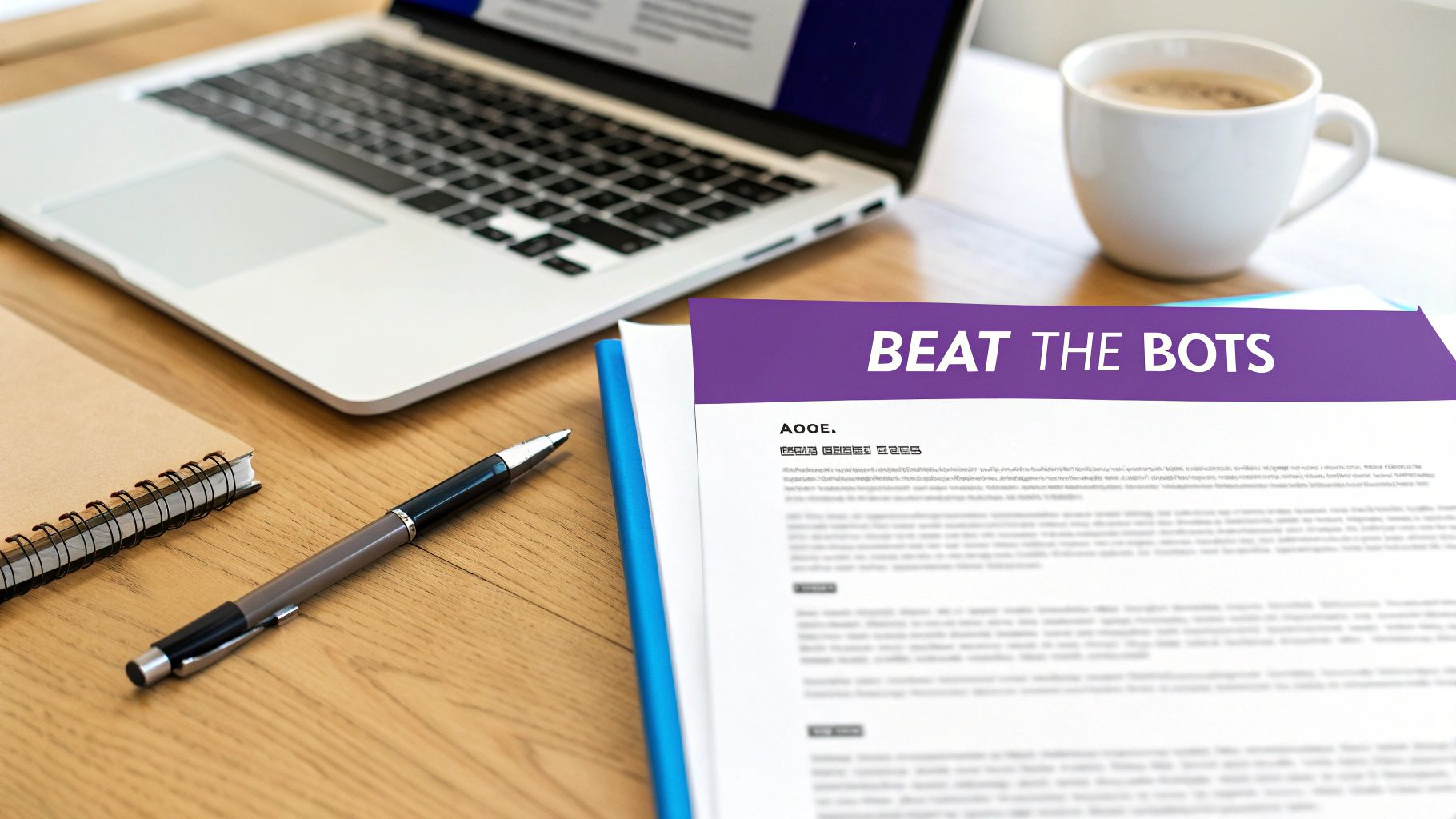
Before a human ever lays eyes on your resume, it has to get past the bouncer—the Applicant Tracking System (ATS). With over 95% of Fortune 500 companies using these systems to sift through a mountain of applications, your first job is to create a document that plays by their rules.
Think of the ATS as a very literal-minded gatekeeper. It has a specific checklist, and if your resume doesn't tick the right boxes, you're out. That means all those fancy fonts, clever layouts with columns, or embedded images could get you rejected before you even have a chance. No matter how perfect you are for the job.
The secret isn't about being boring; it's about being smart. Stick to a clean, single-column format with standard fonts like Arial or Calibri. This ensures the software can actually read your information and pass it along.
Decoding the Job Description for Keywords
To get past the ATS, you need to speak its language. And the good news is, the company gives you the dictionary: the job description itself. Don't guess what they're looking for—they're spelling it out for you.
Your mission is to meticulously scan the "Requirements" and "Responsibilities" sections. Pull out the specific hard skills, software, and qualifications they mention.
- Hard Skills: Look for phrases like "project management," "data analysis," or "content marketing."
- Software: Note every tool they list, whether it’s "Salesforce," "Python," or the "Adobe Creative Suite."
- Certifications: Snag any required credentials like "PMP" or "Google Analytics Certified."
Once you have your list, start weaving these exact terms into your resume. The goal isn't to awkwardly stuff them in but to integrate them naturally into your experience, skills, and summary sections. This tells the ATS, loud and clear, that you're a match.
A resume isn't just a history of your past jobs; it's a marketing document for your future one. Each version should be a direct response to the specific needs outlined in the job description.
Your resume summary is prime real estate for these keywords. It’s the first thing anyone—or any bot—reads, so it needs to immediately signal you’re the right person for the role. If you need some help making that section pop, check out this guide on how to write a compelling resume summary that truly grabs attention.
Transforming Duties into Achievements
Here’s a mistake I see all the time: people list their job duties instead of their accomplishments. An ATS might pick up on keywords, but a human recruiter is looking for proof that you can actually deliver. They don't just want to know what you did; they need to know how well you did it.
The most powerful way to show your value is by quantifying everything you can. Numbers, percentages, and dollar signs turn a bland statement into a compelling story of your impact.
Let's look at a classic before-and-after.
Before (Duty-Focused):
- Responsible for managing social media accounts.
- Wrote blog posts for the company website.
- Helped organize marketing campaigns.
This version is passive. It describes tasks but gives zero insight into performance. It’s forgettable. Now, let’s reframe these points with real results.
After (Achievement-Focused):
- Grew social media engagement by 45% across three platforms by implementing a new content strategy.
- Authored 20+ SEO-optimized blog posts, resulting in a 30% increase in organic search traffic.
- Coordinated five multi-channel marketing campaigns that generated over $50,000 in new lead revenue.
See the difference? The second version doesn't just list tasks; it proves your value and directly connects your work to business success. It tells a story that makes you stand out from the hundreds of other applicants who just listed their responsibilities.
Remember, every bullet point on your resume is an opportunity to sell yourself. Always ask, "So what?" What was the result of your work? Lead with that answer, and you'll see a dramatic increase in the number of interview calls you get.
Strategic Networking That Actually Opens Doors
Let's be honest, the word "networking" can make you cringe. It often brings up images of awkward, stuffy events with forced conversations and flimsy business cards. But what I'm talking about here is different. This is about building real relationships that naturally lead to opportunities—many of which you'd never find on a public job board.
Think about it this way: sending a cold application is like knocking on a company's front door and hoping someone answers. A referral from someone inside is like having a friend buzz you in through a side entrance, leading you straight to the people who matter.
The difference in results is staggering.
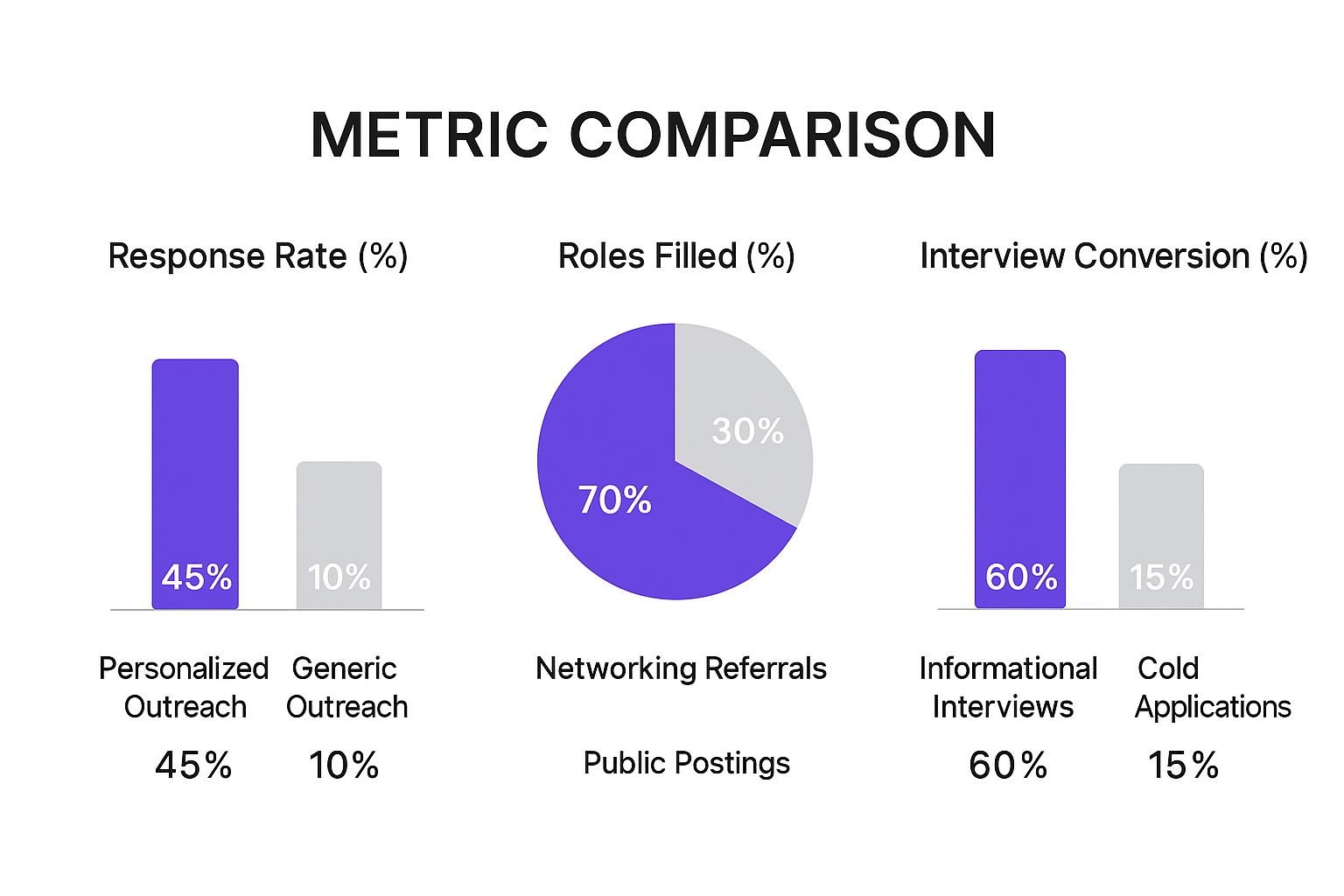
As you can see, a little bit of genuine, personal effort goes a long, long way.
Finding the Right People to Connect With
Your goal isn't to blast every employee at a company with connection requests. It's about being surgical. You want to find the handful of people who can give you real insight or have a say in the hiring process.
A good rule of thumb is to target professionals one or two levels above the role you're aiming for. If you're a marketing specialist, a Marketing Manager or Director at your dream company is the perfect person to connect with. They live and breathe the team's daily challenges and know exactly what they need.
Here are a few goldmines for finding these key contacts:
- LinkedIn Search: Get comfortable with the advanced search filters. You can zero in on people by company, title, and location to find exactly who you're looking for.
- Company 'About Us' Pages: Don't overlook these! They often spotlight team leads and managers, giving you a direct starting point.
- Alumni Networks: This is a seriously underrated resource. Sharing an alma mater is an instant warm lead and makes reaching out feel much more natural.
Building a professional network isn’t a short-term hack; it's a long-term investment in your career. The relationships you build today can open doors for years to come, long after your current job search is over.
Crafting Outreach That Actually Gets a Response
You've found the right person. Now what? That generic "I'd like to connect" request is a one-way ticket to being ignored. To stand out, your message needs to show you've done your homework and you respect their time.
The best messages are short, professional, and focus on them, not just your own needs.
Here's a simple formula that works wonders:
- Lead with a personal touch. Mention something specific you admire about their work, a shared connection, or your common university.
- Be upfront about your goal. Let them know you're exploring the field and value their perspective.
- Make a small, easy ask. Request a brief 15-minute "informational interview" to hear about their career path.
For example: "Hi [Name], I saw your profile while researching [Company Name] and was really impressed with the [Specific Project] you led. As a fellow [Your Role] looking to grow in the industry, I'd be grateful for 15 minutes of your time to learn more about your journey."
It's respectful, specific, and easy to say yes to.
The Power of the Informational Interview
Let’s be clear: an informational interview is not a secret job interview. It’s a low-pressure chat for you to gather intel, learn about the company culture from the inside, and leave a great impression. This is how you gain an insider's edge.
Come prepared with thoughtful questions that show you're genuinely curious. For a deeper dive, check out these powerful business networking strategies that show you how to turn these conversations into real opportunities.
Focus your questions on their experience:
- "What do you enjoy most about working at [Company Name]?"
- "What are some of the biggest challenges your team is currently facing?"
- "From your perspective, what skills are most critical for someone in my field to succeed there?"
Always end the conversation by thanking them and asking, "Is there anyone else you think it would be helpful for me to talk to?" This simple question is your key to expanding your network inside the company, building a web of allies before a job is even posted. When a role finally opens up, you won't be just another resume—you'll be a familiar name.
Ditch the Shotgun Approach—It's Time for Targeted Job Applications

Let's be real: the "spray and pray" method of applying for jobs is a fast track to burnout. You spend hours blasting out a generic resume, hoping something sticks, only to end up with a full inbox of automated rejections. It’s exhausting.
A targeted application flips the script entirely. It's about quality, not quantity. You focus your energy on a handful of roles that are a genuine fit, which not only boosts your odds but turns the frantic job search into a strategic mission.
The competition is no joke. A single corporate job posting can pull in around 250 applications. Out of that pile, only about 2% of candidates—that's just five people—actually get invited to an interview. To be one of those five, your application can't just be good; it has to scream "perfect fit" from the moment a recruiter sees it. On average, it takes 42 applications just to land one interview, so making each one count is critical.
Mass Application vs. Targeted Application: A Comparison
It's easy to fall into the trap of thinking more applications equal more opportunities, but the reality is often the opposite. A targeted approach requires more upfront effort per application, but the payoff is significantly higher.
Here's a quick breakdown of how these two strategies stack up:
| Factor | Mass Application Approach | Targeted Application Approach |
|---|---|---|
| Strategy | Send the same resume to as many jobs as possible. | Customize resume and cover letter for each specific role. |
| Effort Per Application | Low. Maybe 5-10 minutes. | High. Can take 1-2 hours of research and tailoring. |
| Time Investment | Spends a lot of time applying to a high volume of jobs. | Spends more time on fewer, higher-quality applications. |
| Response Rate | Very low, often less than 1%. | Much higher, typically 10-20% or more. |
| Candidate Perception | Comes across as generic, unfocused. | Appears thoughtful, genuinely interested, and a strong fit. |
Switching to a targeted strategy means you're not just another resume in the stack—you're a solution to the company's problem. This shift in perspective is what gets you noticed.
First, Decode the Job Description
Before you write a single word, you need to understand what the hiring manager really wants. The job description is your cheat sheet. It's a blueprint of their ideal candidate, and your job is to read between the lines.
As you go through the posting, look for patterns. What skills or qualifications do they mention over and over? Are there specific tools or software they keep bringing up? These are your keywords—the exact language you need to echo in your resume and cover letter.
I like to break it down into three buckets:
- Must-Haves: These are the non-negotiables, usually listed under "Basic Qualifications." If you don't have these, it's probably not the right role.
- Nice-to-Haves: These are the skills that will make you stand out from the pack. You'll often find them under "Preferred Qualifications."
- Company Culture Clues: Hunt for words describing their work environment, like "fast-paced," "collaborative," or "data-driven." These tell you about the team's personality.
This quick analysis gives you a crystal-clear picture of the person they're hoping to hire. Now, your goal is to become that person on paper.
Align Your Resume and Cover Letter
With your analysis complete, it's time to tailor your application materials. No, this doesn't mean starting from scratch every single time. It's about making strategic tweaks to key sections so your story feels cohesive and relevant.
Your resume should be a direct answer to their "must-haves." If the job description is heavy on "SEO strategy," then your resume summary and experience bullet points better feature that exact phrase.
A targeted application is a direct conversation with the hiring manager. It says, "I didn't just see your job posting; I understood it. And I'm the solution you've been looking for."
Your cover letter is where you connect all the dots. This is your chance to go beyond the resume and explain why your skills make you the perfect person for this role at this company. Don't just list what you've done; build a narrative. If you're looking to master this, check out our in-depth guide on how to write a cover letter that actually gets read.
Go Beyond the Job Post with Smart Research
A truly standout application shows you've done your homework on the company, not just the role. A little bit of digging can give you a massive edge and provide fantastic material for your cover letter and, eventually, your interview.
Spend just 20 minutes digging into these areas:
- The Company's Website: Get a feel for their mission and values on the "About Us" page. What do they stand for?
- Recent News or Press Releases: Are they launching a new product? Expanding into a new market? This is gold.
- Key Employees on LinkedIn: Look up the hiring manager or people on the team you'd be joining. What's their background? What do they post about?
Mentioning a recent company achievement or aligning your values with their mission shows genuine interest. It proves you’re not just looking for any job—you're specifically interested in a role with them. This level of personalization is what separates a good application from an unforgettable one, and it's what will get you that interview.
Following Up Without Being Annoying
You've polished your resume, nailed the cover letter, and clicked "submit." Now comes the hardest part: the wait. This dead air is where most job seekers lose steam, but it's secretly your best chance to stand out and stay on a recruiter’s radar. A single, thoughtful follow-up can be the nudge that moves your application from the "maybe" pile to the "let's talk" list.
The trick is finding that sweet spot between proactive enthusiasm and respectful patience. Bombarding a hiring manager with daily emails is a one-way ticket to the trash folder. But a well-timed, professional message? That shows initiative and keeps your name fresh in their mind.
The Art of Perfect Timing
Knowing when to follow up is half the battle. Jump the gun, and you look impatient. Wait too long, and the decision might already be made.
A good rule of thumb is to wait one to two weeks after the application deadline. If there was no deadline posted, give it about two weeks from the day you sent it in.
This window gives the hiring team enough breathing room to sift through the first wave of applications without feeling hounded. Your goal is to gently pop back onto their screen right as they’re starting to think about who to interview.
A follow-up isn't about demanding an answer. Think of it as a professional courtesy that re-confirms your interest and shows off your communication skills. It proves you’re organized, motivated, and serious about the role.
The hiring process today is a marathon, not a sprint. Candidates now go through an average of 5.5 interviews per hire, and the whole ordeal can stretch to 23.8 days or even longer. With over 86% of companies now using virtual interviews, the logistics have only gotten more complex. This context is key—it’s why your patience, combined with a smart follow-up, is so powerful.
What to Say in Your Follow-Up Email
Your message needs to be short, professional, and add a little value. Don't just ask, "Any updates?" Use it as another quick opportunity to remind them why you're a great fit.
A simple, winning structure looks something like this:
- A Clear Subject Line: Go for something direct, like "Following up on my application for the [Job Title] role."
- A Polite Opening: If you know the hiring manager's name, use it.
- A Quick Reminder: Briefly mention the position you applied for and when.
- Reiterate Your Interest: Express your continued excitement for the opportunity and the company.
- Add a Little Something (Optional): Mention a new accomplishment or a piece of company news that caught your eye.
- A Call to Action: Politely say you're looking forward to hearing about the next steps.
- A Professional Close: End with a simple "Best regards" or "Sincerely."
This simple formula turns a generic status check into a compelling professional note. If you need some real-world examples, our guide on crafting a persuasive sample pitch email has some great templates you can adapt.
Staying Resilient During the Wait
The job search is a numbers game, and hearing nothing back can be a real gut punch. It’s crucial to manage your expectations and keep your head in the game.
Don't pin all your hopes on one application. While you're waiting to hear back, keep the momentum going. Apply for other roles, keep networking, and continue building your skills. For a deeper dive, check out this excellent guide to crafting the perfect follow-up email.
Ultimately, a professional follow-up is a low-effort, high-impact move. It's a small step that can make a huge difference, showing you’re not just another name on a list—you’re a proactive and engaged candidate who’s ready to go.
Your Top Interview Questions, Answered
Feeling like you're shouting into the void of the job market? You're not alone. When you’ve polished your resume and followed all the rules but still aren't getting callbacks, it's easy to get discouraged. Let's cut through the noise and tackle the questions that are really on your mind.
How Many Jobs Should I Apply to Every Week, Really?
We’ve all been there—the temptation to blast your resume out to 30-40 jobs a week, hoping something sticks. But this machine-gun approach is a fast track to burnout and a folder full of rejections.
A much smarter, more sustainable strategy? Aim for 5-10 highly targeted applications each week. Slowing down gives you the space to actually read the job description, research the company, and customize your resume and cover letter. A handful of applications where you genuinely look like the perfect fit will always beat dozens of generic ones. Think sniper, not shotgun.
Why Am I Getting So Many Automated Rejections?
That instant "thanks, but no thanks" email is maddening, but it’s also a huge clue. Nine times out of ten, it means your resume didn't make it past the Applicant Tracking System (ATS).
These systems are the first gatekeepers, scanning for specific keywords, skills, and even formatting. If your resume is too creative with its layout or doesn't use the exact phrases from the job description, the bot will toss it out before a human ever lays eyes on it.
Here’s how to beat the bots:
- Keep It Simple: Stick to a clean, single-column format with standard fonts. No fancy graphics or tables.
- Speak Their Language: Lift keywords and phrases directly from the "Requirements" section of the job posting and weave them naturally into your resume.
- Run a Test: Before you hit "apply," run your resume through a free ATS checker online to see how it scores.
Is an "Informational Interview" Just a Sneaky Way to Ask for a Job?
This is a huge misconception that can totally backfire. An informational interview is not a secret job interview. The goal is to learn, make a real connection, and get an insider's view of a company or industry you're interested in.
If you go in with the hidden agenda of landing a job, it puts a ton of pressure on the conversation and can make the other person feel used. Your mindset should be driven by genuine curiosity, not desperation.
The real magic of an informational interview is in the long game. You're not asking for a job now—you're planting a seed. By being curious, respectful, and memorable, you become the person they think of when the right role does open up down the road.
When Is the Best Time of Year to Look for a Job?
You can land a great role any time of year, but hiring definitely heats up during certain windows. A lot of people assume the end of the year is a total dead zone, but that couldn't be further from the truth.
Hiring managers are often scrambling to use up their remaining budgets and fill key roles before the new year. This makes November and December surprisingly great months to be actively searching. Likewise, January and February bring a massive surge as new budgets get approved and teams are eager to grow. Don't hit pause during these key hiring seasons—lean in.
Ready to stop blending in and start getting noticed? MakerBox uses AI to create a powerful online presence that attracts recruiters and lands you more interviews. From an optimized LinkedIn profile to a professional headshot, build your brand in under a minute. Elevate your career with MakerBox today!
